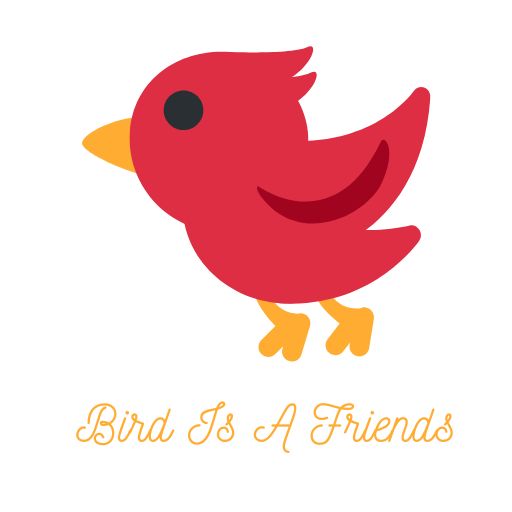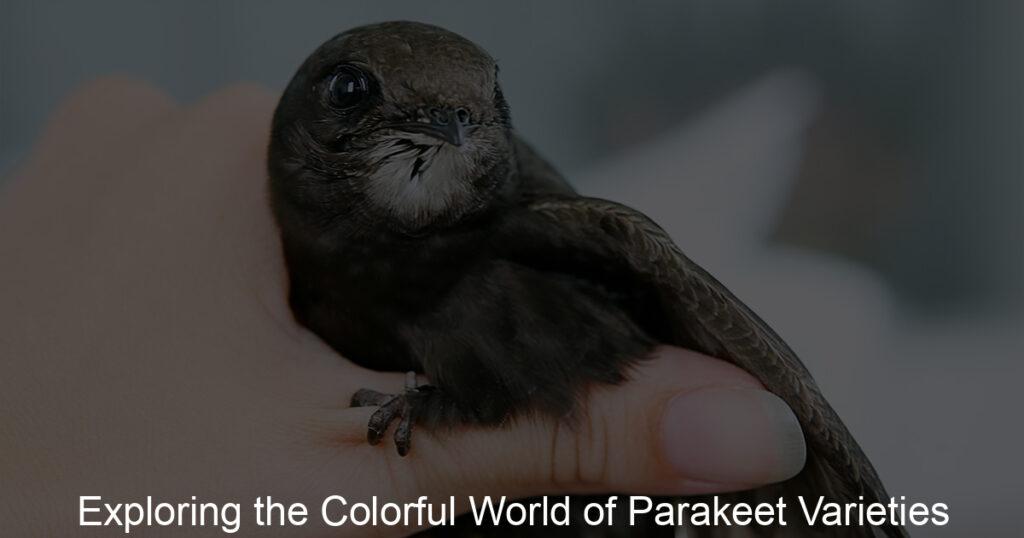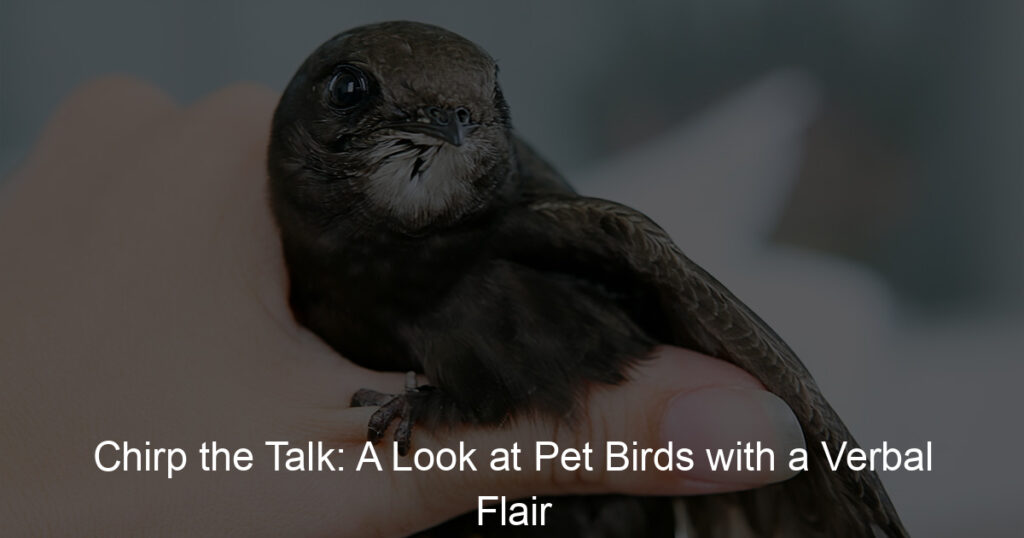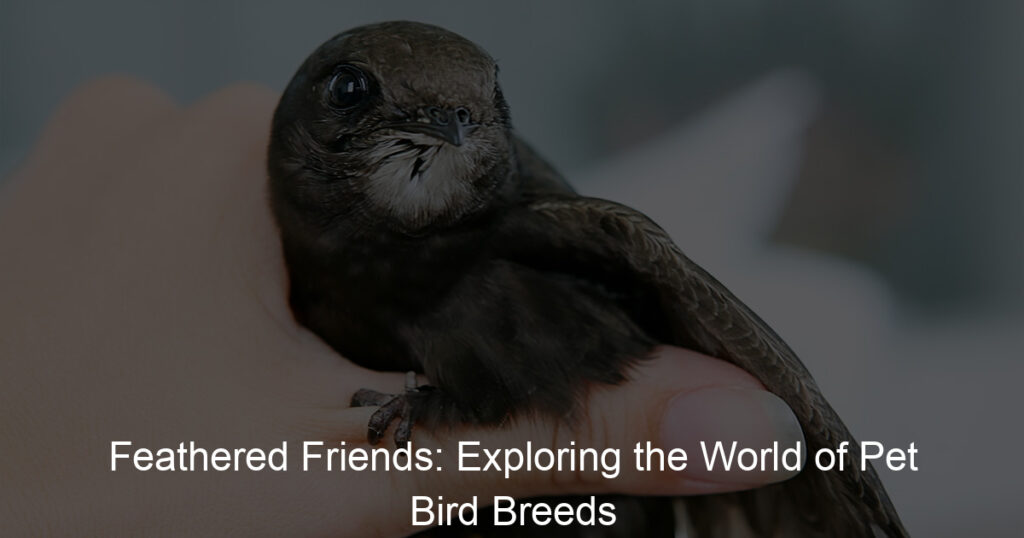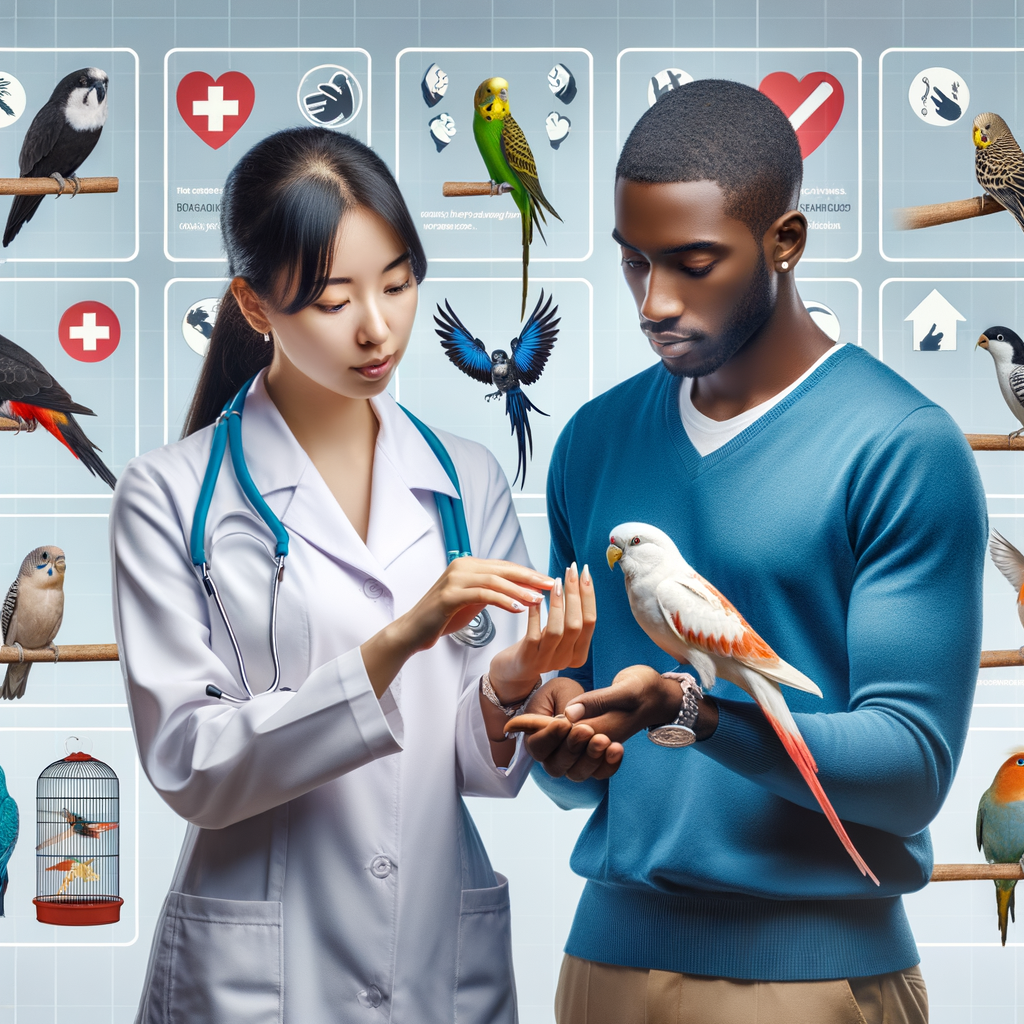
Introduction to Bird Handling Safety
Whether you’re a bird owner, a bird watcher, or simply someone who enjoys the company of our feathered friends, understanding bird handling safety is crucial. This introduction will shed light on the importance of safe bird handling and dispel some common misconceptions.
- Importance of Safe Bird Handling
- Common Misconceptions about Bird Handling
Safe bird handling is not just about protecting ourselves, but also about ensuring the well-being of the birds. Birds are delicate creatures, and improper handling can cause them stress, injury, or even death. For instance, holding a bird too tightly can damage its wings or cause it to panic, while handling a bird with dirty hands can expose it to harmful bacteria.
Many people believe that all birds enjoy being held and petted, but this is not always the case. Some birds, especially wild ones, may feel threatened by human contact. Another common misconception is that it’s safe to handle birds without washing hands. In reality, our hands can carry germs that are harmful to birds. Therefore, it’s essential to wash hands before and after handling birds.
In the following sections, we will delve deeper into the guidelines for bird interaction, bird care tips, and bird handling guidelines. We aim to provide you with comprehensive information to ensure a safe and enjoyable experience for both you and the birds.
Guidelines for Bird Interaction
Interacting with birds can be a rewarding experience, but it’s important to understand their behavior to ensure a positive and safe encounter. Let’s delve into understanding bird behavior, focusing on recognizing signs of stress in birds and understanding bird body language.
Understanding Bird Behaviour
Understanding bird behavior is crucial for successful interaction. Birds communicate primarily through body language and vocalizations. Recognizing signs of stress and understanding bird body language can help you interact better with them.
- Recognizing Signs of Stress in Birds
- Understanding Bird Body Language
Just like humans, birds can experience stress. Signs of stress in birds can include excessive preening, loss of appetite, and changes in vocalization. Birds may also exhibit physical signs such as ruffled feathers or rapid breathing. It’s important to monitor your bird’s behavior regularly to identify any signs of stress early.
Bird body language can tell you a lot about their mood and health. A relaxed bird may fluff its feathers or stretch its wings. On the other hand, a bird that is scared or stressed may crouch, hiss, or try to fly away. Paying attention to these cues can help you understand your bird’s needs and emotions.
Understanding bird behavior is not just about recognizing signs of stress or interpreting body language. It’s about creating a safe and comfortable environment for your bird. Remember, every bird is unique and may exhibit different behaviors. The key is to be patient and observant.
Safe Bird Handling Techniques
Handling birds can be a rewarding experience, but it’s important to do it safely to prevent injury to both you and the bird. Here are some techniques to ensure safe handling:
- Proper way to pick up a bird
- Approach the bird slowly and calmly to avoid startling it.
- Place your hand gently over the bird’s back, with your fingers on either side of its body.
- Slowly close your fingers around the bird, being careful not to squeeze too tightly.
- Lift the bird gently. If it struggles, release your grip slightly but maintain control.
- Handling birds with care during grooming
- Always be gentle and patient. If the bird becomes agitated, take a break and try again later.
- Use appropriate grooming tools designed for birds. This can make the process easier and safer for both you and the bird.
- Hold the bird securely but gently to prevent it from injuring itself.
- Always monitor the bird’s behavior and stop if it shows signs of stress or discomfort.
When picking up a bird, it’s crucial to be gentle and calm. Birds are delicate creatures, and rough handling can cause them stress or injury. Here’s a step-by-step guide on the proper way to pick up a bird:
Grooming is an essential part of bird care, but it can be stressful for the bird if not done correctly. Here are some tips for handling birds during grooming:
Remember, every bird is unique and may react differently to handling and grooming. Always observe your bird’s behavior and adjust your techniques as needed to ensure its comfort and safety.
Bird Care Tips
When it comes to caring for our feathered friends, it’s crucial to create a safe and comfortable environment. Here are some tips to help you achieve this.
Creating a Safe Environment for Your Bird
Creating a safe environment for your bird involves two main aspects: choosing the right cage and selecting safe toys and accessories. Let’s delve into these aspects.
- Choosing the Right Cage for Your Bird
- Safe Toys and Accessories for Birds
The cage is your bird’s home, and it should be spacious, secure, and comfortable. The size of the cage should be at least three times the wingspan of your bird. It should have horizontal bars for climbing and a secure latch to prevent escape. The cage should also be easy to clean, as cleanliness is key to your bird’s health.
Birds are intelligent creatures that need mental stimulation. Toys and accessories can provide this stimulation, but they must be safe. Avoid toys with small parts that can be swallowed or those with sharp edges that can cause injury. Safe toys include swings, ladders, and bells. Always supervise your bird when introducing a new toy.
Remember, a safe environment is the first step towards a happy and healthy bird. Paying attention to these details can make a significant difference in your bird’s quality of life.
Nutrition and Health Care
Proper nutrition and regular health care are essential for your bird’s overall well-being. Let’s delve into these two crucial aspects of bird care.
-
Feeding Your Bird a Balanced Diet
Feeding your bird a balanced diet is a fundamental part of bird care. A balanced diet for birds typically includes a variety of seeds, fruits, vegetables, and grains. It’s important to remember that different bird species have different dietary needs. For instance, parrots enjoy fruits and nuts, while canaries prefer seeds.
While seeds are a common part of many bird diets, they should not be the only food source. Seeds are high in fat and lack many essential nutrients that birds need. Therefore, it’s crucial to supplement your bird’s diet with fresh fruits and vegetables. These provide essential vitamins and minerals that help keep your bird healthy.
Remember, not all human foods are safe for birds. Some foods, like chocolate and avocado, can be toxic to birds. Always research or consult with a vet before introducing new foods to your bird’s diet.
-
Regular Health Check-ups for Birds
Just like humans, birds benefit from regular health check-ups. These check-ups allow vets to catch potential health issues early, before they become serious problems. It’s recommended to take your bird for a check-up at least once a year.
During a check-up, the vet will typically examine your bird’s feathers, beak, eyes, and skin for any signs of illness. They may also listen to your bird’s heart and lungs, and check its weight. If necessary, the vet may perform additional tests to diagnose specific health issues.
Between check-ups, it’s important to monitor your bird’s behavior and appearance for any changes. Changes in behavior, such as decreased activity or changes in eating habits, can be a sign of illness. If you notice any changes, it’s best to consult with a vet as soon as possible.
Interacting with Pet Birds
Interacting with your pet bird can be a rewarding experience. It’s not just about feeding and cleaning, but also about building a strong bond of trust. Let’s explore how you can build this trust and teach your bird to step up.
Building Trust with Your Bird
Building trust with your bird is a gradual process. It requires patience and consistency. Here are some steps you can take to build this trust:
- Steps to bond with your bird
- Teaching your bird to step up
Start by spending time near your bird’s cage, talking softly and offering treats. This will help your bird get used to your presence. Gradually, you can start opening the cage and letting your bird come out on its own. Remember, never force your bird to come out or interact with you. It’s all about letting your bird set the pace.
Once your bird is comfortable with your presence, you can start teaching it to step up. Start by offering your finger as a perch. If your bird is hesitant, you can encourage it by gently pressing against its chest. Remember to always reward your bird with treats and praises when it steps up. This will reinforce the behavior and make your bird more likely to step up in the future.
Building trust with your bird is not an overnight process. It may take weeks or even months. But with patience and consistency, you can build a strong bond with your bird and enjoy a rewarding relationship.
Training Your Bird
Training your bird can be a fun and rewarding experience. It not only strengthens your bond with your bird but also stimulates your bird’s mind. Here are some techniques you can use:
- Positive reinforcement techniques
- Training your bird to perform tricks
Positive reinforcement involves rewarding your bird for desirable behavior. This can be a treat, praise, or a favorite toy. The key is to reward your bird immediately after the behavior, so your bird associates the reward with the behavior.
Once your bird is comfortable with basic commands like ‘step up’, you can start teaching it tricks. Start with simple tricks like ‘wave’ or ‘shake hands’. Always use positive reinforcement to reward your bird for performing the trick. Remember, patience and consistency are key.
Training your bird can be a fun and rewarding experience. It not only strengthens your bond with your bird but also stimulates your bird’s mind. So, start training your bird today and enjoy the rewards.
Training Your Bird
Training your bird can be a fun and rewarding experience for both you and your feathered friend. It not only helps to strengthen your bond but also keeps your bird mentally stimulated. Let’s explore two effective methods of training your bird: positive reinforcement techniques and teaching your bird to perform tricks.
- Positive Reinforcement Techniques
Positive reinforcement is a powerful tool in bird training. It involves rewarding your bird for good behavior, which encourages them to repeat it. Here’s a simple way to use positive reinforcement:
| Steps | Description |
|---|---|
| 1. Choose a Reward | Identify a treat that your bird loves. It could be a favorite food or a special toy. |
| 2. Wait for the Desired Behavior | Wait for your bird to do something you want to encourage, like stepping onto your hand or making a pleasant sound. |
| 3. Reward Immediately | As soon as your bird performs the desired behavior, give them the reward. This helps them associate the behavior with the reward. |
Remember, patience is key. It may take time for your bird to understand what you want them to do, but with consistent positive reinforcement, they’ll get there.
- Training Your Bird to Perform Tricks
Teaching your bird to perform tricks can be a fun way to interact with them. Here’s a simple trick you can start with:
| Trick | Steps |
|---|---|
| Wave Hello |
|
Remember, always end training sessions on a positive note to keep your bird eager for the next one. And most importantly, have fun with it!
Bird Handling Guidelines
Understanding how to handle birds properly is crucial for both your safety and the bird’s wellbeing. In this section, we will discuss the do’s and don’ts of bird handling and what to do if a bird bites.
Handling Birds Safely
When it comes to handling birds, there are certain things you should do and others you should avoid. Let’s take a look at some of these guidelines.
- Do’s and Don’ts of Bird Handling
- Always approach birds slowly and calmly. Quick movements can scare them.
- Use gentle, firm grips when holding a bird. Never squeeze too tightly.
- Always wash your hands before and after handling a bird to prevent the spread of diseases.
- Never grab a bird by its wings or tail. This can cause injury.
- Avoid handling birds when they are eating or sleeping.
- Never force a bird to be held if it is resisting. This can cause stress and fear.
- What to Do if a Bird Bites
- Stay calm and gently remove the bird from your hand or body.
- Clean the bite wound immediately with warm water and soap.
- Apply an antibiotic ointment and cover the wound with a clean bandage.
- If the bite is deep or doesn’t stop bleeding, seek medical attention immediately.
Do’s:
Don’ts:
Even the most well-behaved bird might bite if it feels threatened or scared. If a bird bites you, it’s important not to panic. Here’s what you should do:
Remember, the key to safe bird handling is patience, understanding, and respect for the bird’s boundaries. With these guidelines, you can ensure a positive and safe experience for both you and your feathered friend.
Safety Measures for Bird Interaction
Interacting with birds can be a wonderful experience. However, it is important to ensure safety for both you and the birds. Here are some measures you can take to protect yourself and others while handling birds, and to prevent bird escapes.
- Protecting Yourself and Others While Handling Birds
It’s important to remember that birds, like all animals, can sometimes be unpredictable. Here are some tips to keep you and others safe while handling birds:
- Use Protective Gear: Always wear gloves when handling birds. This can protect you from bites and scratches.
- Handle with Care: Birds are delicate creatures. Always handle them gently to avoid causing them stress or injury.
- Wash Hands: After handling birds, always wash your hands. This can prevent the spread of diseases.
- Preventing Bird Escapes
Birds are naturally curious and may try to escape if given the chance. Here are some measures you can take to prevent bird escapes:
- Secure the Cage: Make sure the bird’s cage is secure at all times. Check the locks and doors regularly to ensure they are functioning properly.
- Monitor the Bird: Keep an eye on the bird when it is out of its cage. Never leave it unattended.
- Train the Bird: Train your bird to come to you on command. This can be helpful in preventing escapes.
Remember, safety should always be a priority when interacting with birds. By following these guidelines, you can ensure a safe and enjoyable experience for both you and the birds.
Conclusion: Pet Bird Care and Bird Interaction Safety
In this article, we’ve covered a lot about how to safely interact with pet birds. Now, let’s take a moment to recap and emphasize the importance of understanding bird behavior.
- Recap of safe bird handling techniques
- Importance of understanding bird behavior
Remember, when handling your pet bird, always approach slowly and calmly. Use a gentle voice and avoid sudden movements that might scare them. Always wash your hands before and after handling your bird to prevent the spread of diseases. If your bird is not used to being handled, start with short sessions and gradually increase the time as they become more comfortable.
Understanding bird behavior is crucial to ensure their well-being and safety. Birds are intelligent creatures with their own unique behaviors and communication methods. For example, a bird fluffing its feathers might be a sign of relaxation, while a bird with its feathers slicked down might be scared or upset. By observing and understanding these behaviors, you can create a safer and more comfortable environment for your pet bird.
By following these guidelines, you can ensure that your pet bird is safe, healthy, and happy. Remember, the key to successful bird care is patience, understanding, and respect for your feathered friend’s unique needs and behaviors.
